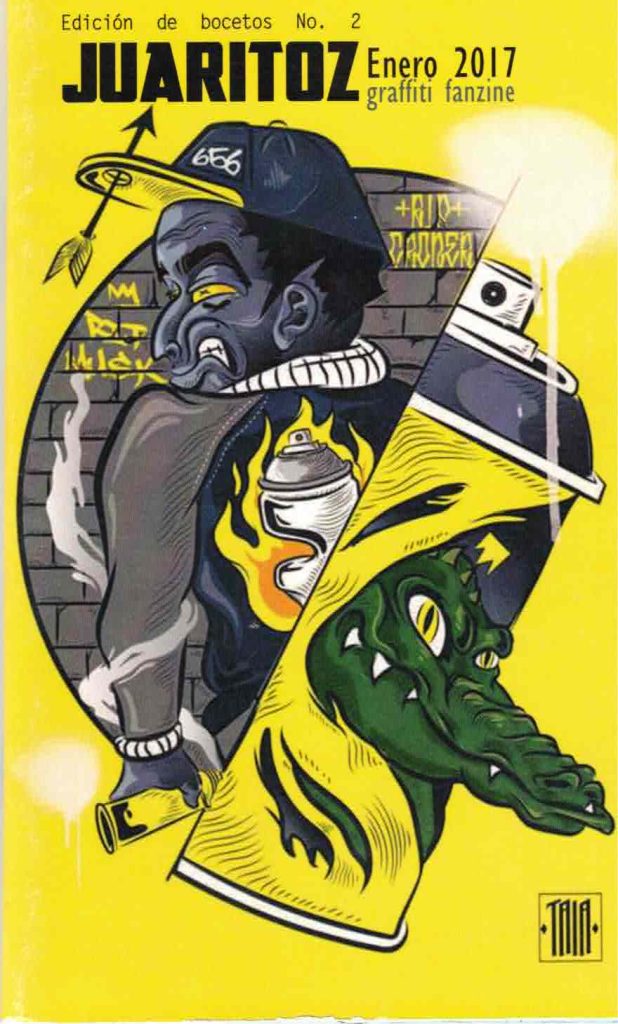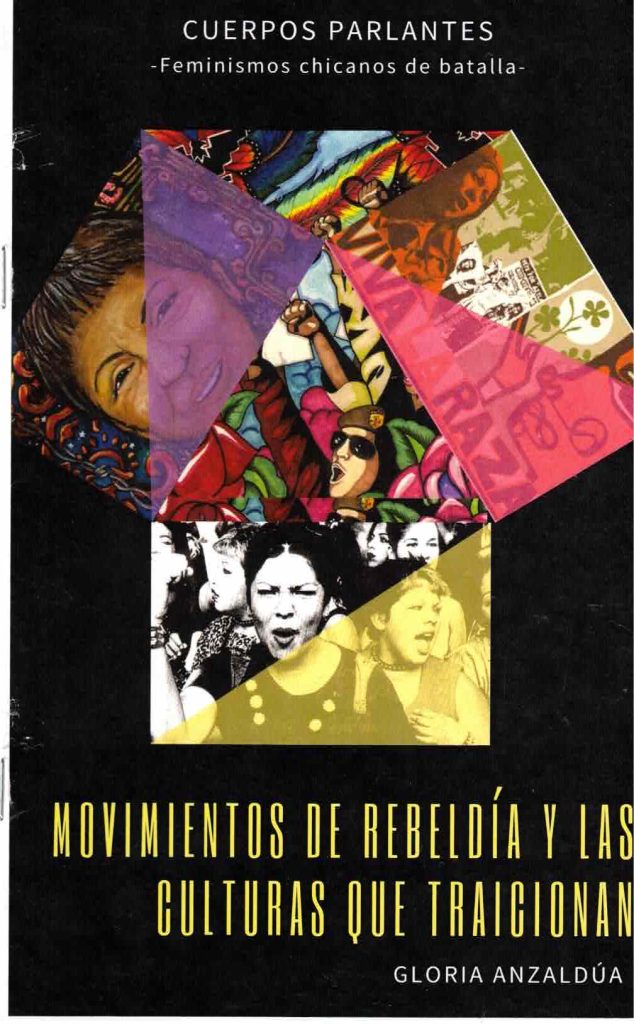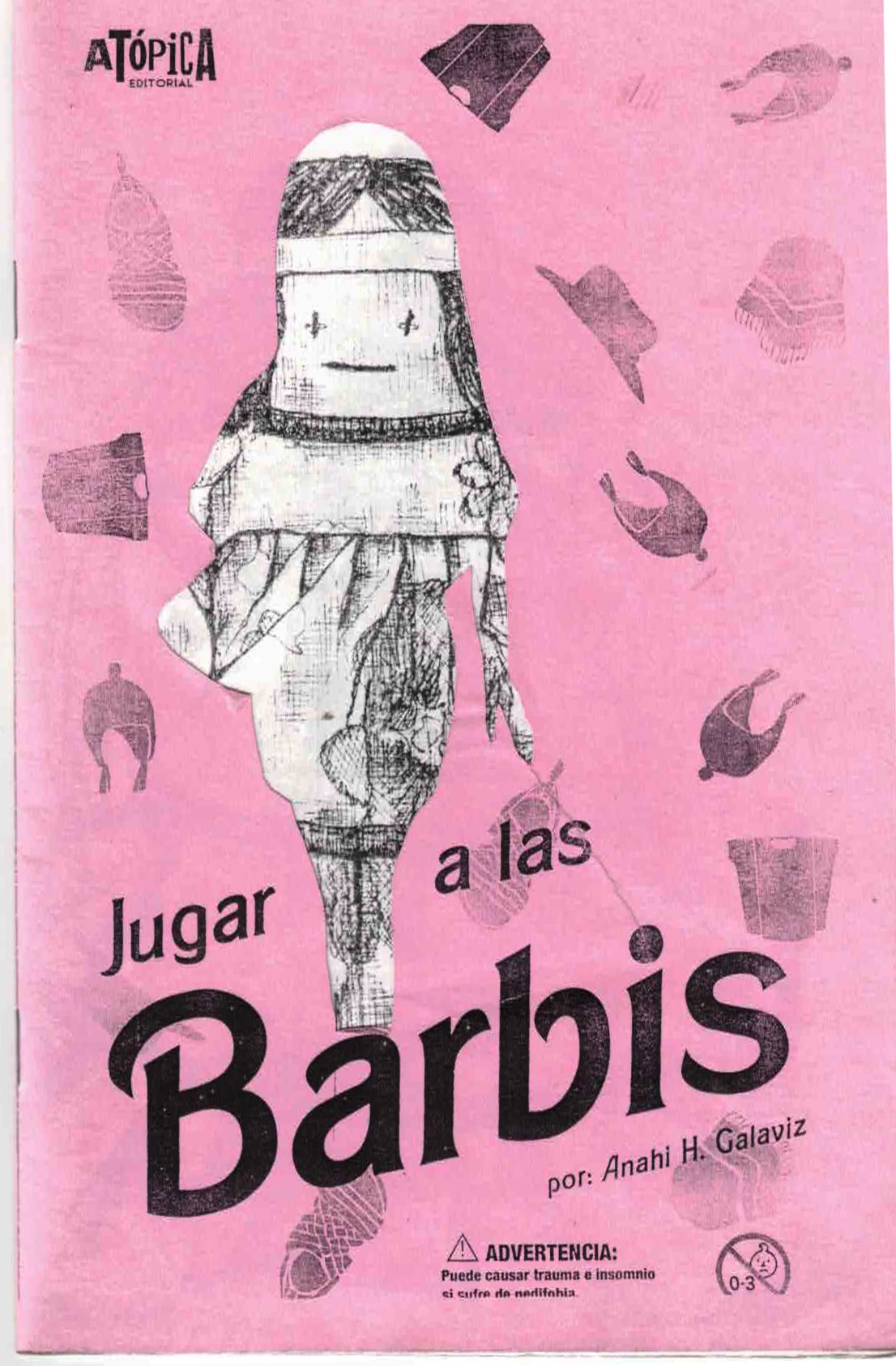Readers can encounter all kinds and varieties of reading. Books, magazines, blogs, and digital platforms are the most common and accessible formats. However, one format usually thrives in the underground world of reading: the zine.
Just because it’s “under” doesn’t mean that the fanzine is something that is suddenly emerging; in fact, its origins can be traced back to the late 19th century with the emergence of fiction self-publications. Over the years, the zine has taken on diverse shades, leaning more towards the artistic or science fiction in the 1930s, resembling the comic book format. At some point in the 1960s, zines turned towards politics and protest, even touching on taboo and counterculture topics.

Towards the 1990s, with access to computers and the internet, zines also transitioned to electronic media, giving rise to the term “ezine” or “e-zine.” This leap was made to attract more readers while simultaneously reducing distribution costs. Initially, they were distributed as PDF documents, later transitioning to a web format and becoming non-printable electronic magazines. This moment in the life of the zine is more of a branching point, as zines continue to be produced both physically and digitally today.
The fanzine is not exclusive to nor does it exclude any particular topic. We start with the premise that its term is a combination of the words “fan” (enthusiast) and “magazine,” which opens the door to anyone with an interest in a particular subject and writing to create a fanzine. From its beginnings, they were publications made by fans around a particular theme (such as music, sports, literature, film, comics). The fact that fans make them and do not have sponsorships or budgets pushes creators to produce them homemade. Although it might seem like a disadvantage, it actually offers its creators total freedom of expression without economic or any other type of ties to third-party interests.

Creativity is the limit when it comes to creating a fanzine. They can be made solely with texts or combined with images, made solely with images, clippings, or collages, combining papers, giving them any shape. Distribution can typically be through prints, photocopies, and digital PDF documents. The themes can be as varied as their creators, who are often specialists in the topic they present, without needing to be recognized as professionals, valuing their work more than their prestige. Thus, the true essence of the fanzine is being artisanal.
Currently, “prozines” are productions made with professional means, unlike zines. They incorporate all the initial concepts of zines: freedom of expression and creative freedom; however, they are self-published by creators who intend to make a living from their creative work. With this aim, their prints are of higher quality. They have style correctors and professional reviewers to improve their work. Personally, I find that the prozine is not necessarily in competition with the fanzine, as their objectives are different, and the existence of one does not diminish or complicate the other.
Fanzines emerged primarily as a need for their creators to have a voice in an environment where it was difficult to be heard, especially if one held opinions different from those of the time (whether political, moral, or of any other kind). The format, form, and content are as diverse and extensive as their creators, offering a wide range of productions. They were and are necessary if, as a writer, photographer, or graphic artist, one seeks to showcase their work or responds to that human impulse to express oneself, speak, and be heard.
https://www.historiasparaarmar.org/contar/proyectos/15-un-fanzine-sobre-tu-historia
https://www.monmagan.com/fanzines/
Inkitt: BbyKevs
Wattpad: @SugoiKevs
TikTok: @bbykevs



